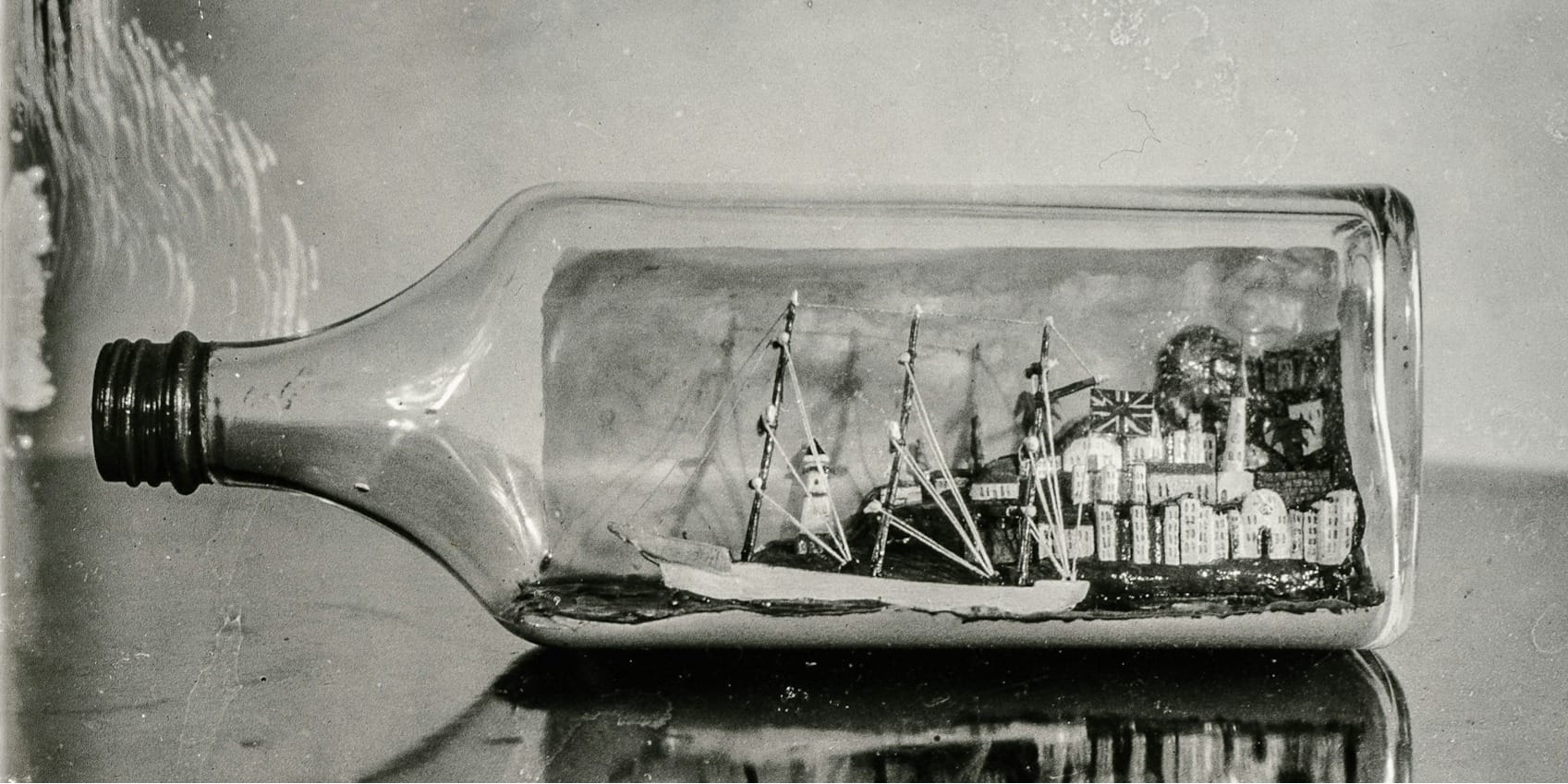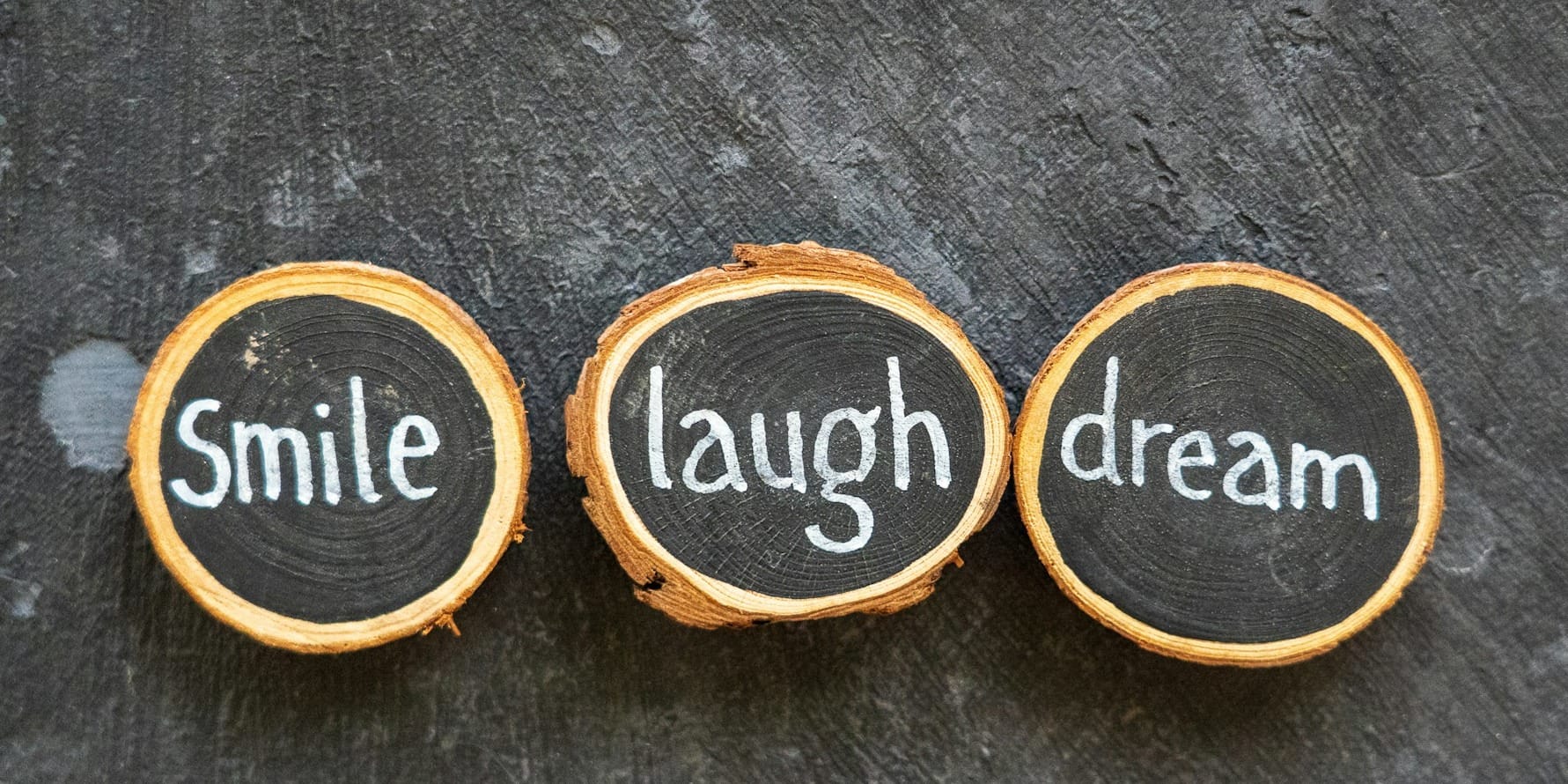
The transition from our 20s to 30s often brings a shift in priorities and responsibilities that can lead to a decline in hobbies and personal interests. In our 20s, many experience a period of exploration and self-discovery, but as we enter our 30s, career demands, family obligations, and financial pressures suddenly can take precedence.
This shift can result in a sense of loss or guilt about abandoning once-cherished activities. However, this change is a common part of adult development. Rather than viewing it negatively, we can see it as an opportunity to reassess our interests and find new, more fitting hobbies that align with our current life stage.
Rediscovering old or cultivating new passions in our 30s can provide a much-needed balance to the increased responsibilities of this decade, contributing to overall well-being and personal growth.
Revisiting Childhood Joys
Revisiting childhood joys can be a powerful catalyst for self-discovery and reigniting passion in your 40s. This process of reconnecting with activities that once brought you joy can lead to increased creativity, improved well-being, and a renewed sense of purpose.

Research suggests that childhood curiosity has a lifelong positive impact on adult development, influencing career choices, performance, and overall success. By tapping into these early interests, you can uncover hidden talents and passions that may have been dormant for years.
To begin this journey of rediscovery:
- Reflect on past joys: Take time to remember hobbies or activities that excited you as a child. Whether it was painting, playing an instrument, or building model airplanes, these memories can provide valuable clues to your authentic interests.
- Identify your natural play style: Understanding how you naturally engage in playful activities can guide you towards hobbies that resonate with your personality. This self-awareness can make the process of revisiting childhood joys more enjoyable and sustainable.
- Start small: Begin by dedicating a small amount of time each day to explore these old interests. This consistent effort can help build momentum and enthusiasm for your rediscovered passions.
- Embrace experimentation: Don't be afraid to try new variations of old hobbies or entirely new activities inspired by your childhood interests. This openness to experimentation can lead to unexpected discoveries about yourself.
- Let go of comparisons: Focus on the joy and fulfillment these activities bring you, rather than comparing your skills or progress to others. The goal is personal growth and enjoyment, not competition.
Remember:
Comparison is the thief of joy - Theodore Roosevelt
By revisiting childhood joys, you're not just indulging in nostalgia; you're potentially unlocking a wealth of creativity, passion, and purpose that can enrich your life in your 40s and beyond. This process of reconnection can lead to a more playful, creative, and fulfilling approach to life, helping you navigate midlife with renewed enthusiasm and a stronger sense of self.
Crafting a Personal Vision Board
Crafting a personal vision board is a powerful tool for self-discovery and goal-setting, particularly for those in their 40s seeking to uncover their true passions. A vision board helps visualize goals and dreams, providing a structured way to manifest visions and pursue them in an inspiring manner.

To create an effective vision board consider:
- Representations: Put photos, quotes and other representations of every hobby or interest that comes to your mind on the table. Even things you had interest long ago, and even for things you found just slightly interesting.
- Clarify your intentions: Reflect on your goals, dreams, and aspirations across various life areas such as career, relationships, health, and personal growth. This process aligns with the self-assessment step mentioned in exploring new career paths.
- Gather materials: For a physical board, collect poster board, scissors, glue, magazines, and markers. For a digital version, choose appropriate software or online tools.
- Select meaningful images and words: Find visuals and text that represent your aspirations. This step can be particularly powerful when revisiting childhood joys, as it allows you to incorporate elements that resonate with your authentic self.
- Arrange your vision: Thoughtfully place your chosen elements on the board. The arrangement process itself can provide insights into your priorities and desires.
- Display prominently: Place your completed vision board where you'll see it daily, reinforcing your goals and keeping them at the forefront of your mind.
Remember, a vision board is a personal tool. Don't worry about impressing others or defending your choices. Instead, focus on creating a board that truly resonates with your inner desires and aspirations.
By engaging in this creative process, you're not only visualizing your goals but also actively participating in your journey of self-discovery. A well-crafted vision board can serve as a daily reminder of your aspirations, helping to guide your actions.
Wellness and Health Through Hobbies
As we navigate our 40s and beyond, engaging in hobbies becomes more than just a pastime - it's a powerful tool for enhancing overall wellness and health. Pursuing interests and creative activities can significantly impact both mental and physical well-being, offering a holistic approach to personal growth and self-discovery.

Hobbies serve as a sanctuary of joy and relaxation, providing mental respite and a sense of personal fulfillment that enriches life. This is particularly crucial in our 40s, when work and family responsibilities can often lead to increased stress levels. Engaging in activities we enjoy helps reduce stress, boost mood, and improve overall mental health.
The benefits of hobbies extend beyond mental well-being to physical health:
- Improved cognitive function: Creative activities like crafting, painting, or playing music can help prevent cognitive decline, keeping our minds sharp as we age.
- Enhanced physical health: Active hobbies encourage a healthier lifestyle, leading to improved sleep patterns and higher energy levels.
- Stress reduction: Engaging in enjoyable leisure activities is associated with lower blood pressure, cortisol levels, and body mass index.
- Boosted immune system: Creative expression has been linked to improved immune system functioning, potentially leading to better overall health.
Maximize the Wellness benefits of Hobbies in Your 40s
- Explore diverse interests: Try a variety of activities to find what resonates with you. This exploration can lead to unexpected discoveries about yourself and your passions.
- Prioritize consistency: Regular engagement in hobbies, even for short periods, can lead to more significant health benefits over time.
- Embrace social hobbies: Joining clubs or groups related to your interests can provide social connections, which are crucial for mental health and longevity.
- Balance active and passive hobbies: Combine physically engaging activities with more relaxing ones to address both physical and mental well-being.
- Use hobbies as a mindfulness practice: Engage fully in your chosen activity, allowing it to serve as a form of meditation and stress relief.
Remember, the key is to choose activities that genuinely bring you joy and fulfillment. A 2023 study of 93,000 people aged 65 or older found that those who reported having hobbies also reported better health, more happiness, and greater life satisfaction. This underscores the importance of cultivating interests not just for immediate enjoyment, but as a long-term investment in your health and well-being.
By integrating hobbies into your lifestyle, you're not just passing time - you're actively contributing to your physical and mental health, creating a more balanced, fulfilling life as you navigate your 40s and beyond.


